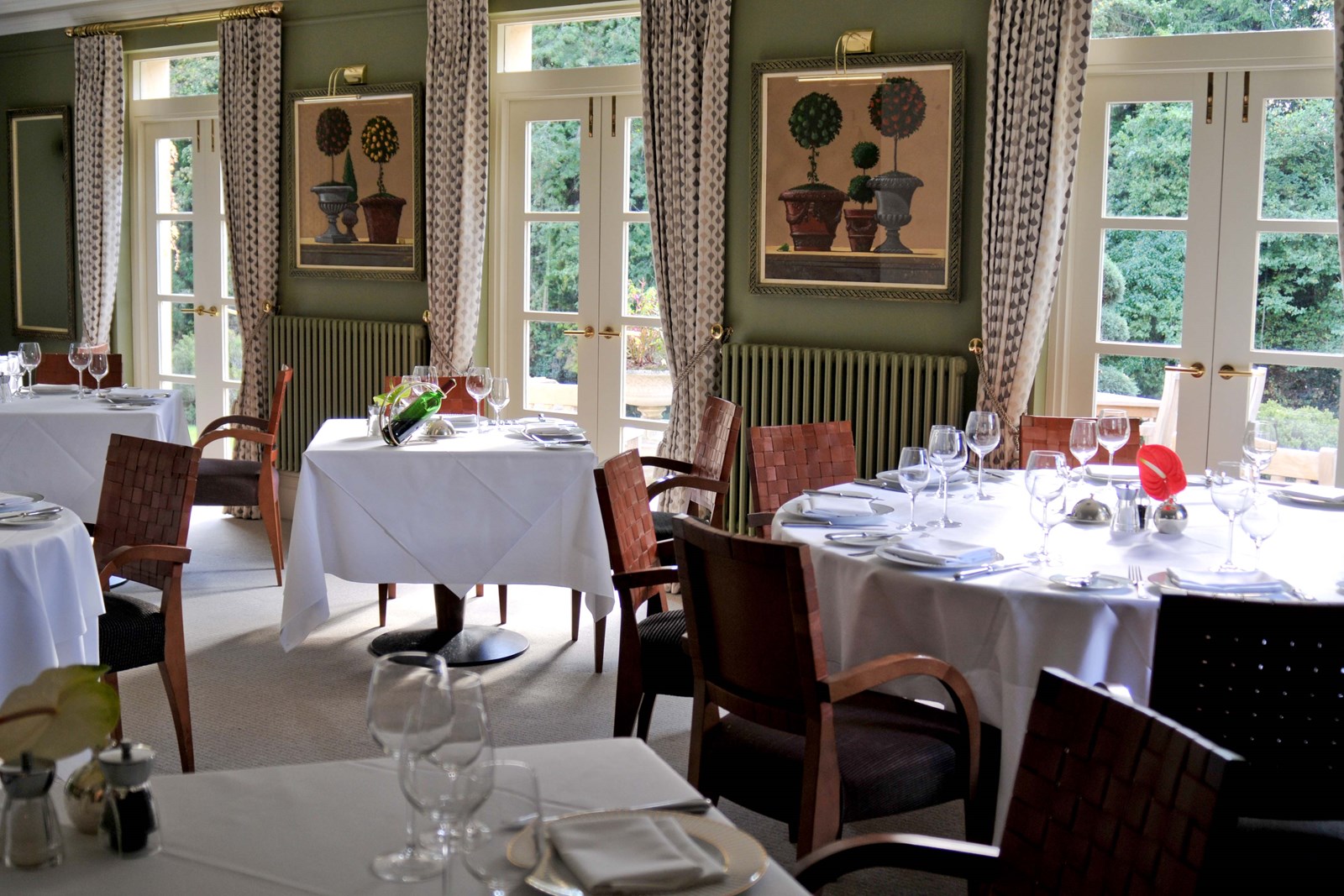What You Need to Know to Open a New Restaurant
If you wanna start up a restaurant, and don’t know how to go about it, or are currently in the middle of setting up your first restaurant, then this article is just for you and will tell you how to start a restaurant business.
Do not want to ruin your confidence, but in fact, 60 percent of restaurants fail in the first year. Why do many restaurants fail? Lack of planning. Before you ever make dinner for a customer, you’ll spend a lot of time figuring out every detail of your restaurant. From kitchen appliances and menus to floors plans and staff selections, the planning stage will make or break your restaurant. To help you plan, fund, and manage your new restaurant, we would like to provide you with several tips.
1. Decide the concept of your Restaurant
The first thing to consider while starting a restaurant business is deciding the idea. You need to keep many things in mind before deciding on a concept, the major one being the amount of capital you have for investment. Based on your brand and concept, your dining room should emanate a specific atmosphere and communicate who you are. This creates a memorable and meaningful experience for people who will want to come back. Choosing a unique and functional concept that targets a certain demographic is among the most important factors in creating your concept and brand.
2. Have a solid business plan in place
You need a detailed business plan that charts the course for your success. Orien says that he really got serious about his business plan when it was time to grow and expand to a new location. It helped them figure out what was feasible and figure out how to move forward. Your business plan should include market research, a comprehensive look at your competitors, information on your target audience, an outline of your marketing plan, and a solid financial and budgeting projection. To get you started, check out these templates specifically for restaurant planning, or check out LivePlan business planning software, that will walk you through the process. As you think about what you want your restaurant to look like, don’t forget to keep an eye on industry trends. As with any startup, timing is key.
3. Decide the Location for your Restaurant
With a restaurant, location is everything. You need a spot that draws crowds, is easily accessible, and has the potential for growth. Of course, you need a location that fits within your budget too. Whether you decide to rent space or build from scratch, selecting a location is one of the biggest decisions you’ll make as an owner. But you don’t have to do a huge build-out at first. The location is an essential factor to consider while discussing how to start a restaurant business, as it can determine the success of your restaurant. While choosing your restaurant’s location, it is a good idea to identify your competitor in that area and gauge their progress and understand their business model. The competition needs to be assessed not just in terms of cuisine, but also the type of dining experience they are offering to their customers – casual dining, fine dining, QSR, etc. Evaluating the competition would help you understand the customer base that hovers in that area, their pocket size, and their preferences.
4. Evaluate all Restaurant Costs involved
Restaurant costs are a significant part of running a restaurant and need to be evaluated and planned carefully. Below are the significant costs involved in starting a restaurant business. Food Costs- Food cost is the cost of all the raw materials used in preparing a dish. Ideally, the food cost should be around 30-40% of your menu price. Read how to control your restaurant food costs here. Overhead Costs– Overhead costs are the other expenses that are not related to food or labor. These include:
The rent which covers a significant part of your restaurant costs, and is profoundly affected by the location of the restaurant. Interiors that can decide on the interiors based on your restaurant concept and theme, and your budget.Kitchen equipment.License and marketing that you should ideally spend 1-2% of your revenues on marketing your restaurant. There should be a perfect balance between offline and online marketing. Word of mouth marketing, along with digital marketing can do wonders for your restaurant.
5. Test your menu
Approach building your menu like an experiment. Consider having a dinner party featuring your proposed menu where you ask people for their honest feedback. But don’t just invite your closest friends and family members. You might love the taste of a certain dish, but if customers won’t pay for it or aren’t keen on its taste, you won’t make money. When you ask for feedback, consider using a method that allows anonymous comments so that you get people’s honest reactions. Do your market research. Visit other restaurants to get a sense of appropriate pricing. The menu also needs to be designed in a way that lures customers to spend more. Find out how you can create an attractive menu that would boost sales in your restaurant.
6. Arrange Suppliers & Vendors for your Restaurant
A healthy relationship with your supplier and vendor is essential for the smooth functioning of your restaurant. You must have at least two-three vendors in each category. This would help compare prices, and will also serve as a backup in case some problem comes up with one.
You must always have two days worth of stock in your inventory in case of emergency situations. The items must always be delivered in the morning and checked every day. Both quality and quantity check must be done at the closing time of your restaurant. It is always preferable to have long duration contracts with the vendor as it helps in maintaining the consistency of your raw materials. You also need to check the Trade Identification Number (TIN) of the vendor before you give him your restaurant’s supply contract.
7.Hire the Right Staff
One major step of opening a restaurant is hiring staff to carry out the operation of your restaurant every day. Consider all roles that need to be filled at your particular restaurant before hiring staff. This may include human resources management and supervisors, food, and beverage purchasing, receiving and storing products, food preparation, food service, food cleaning, and dishwashing, marketing and sales, public relations, accounting and auditing, and bar services. For both front- and back-of-house staff, look for candidates with prior experience and a supreme ability to multitask and to work quickly and efficiently. All employees should work well with others and be able to stay calm under pressure. Front-of-house staff, in particular, should exude exceptional social skills.
8. Install Right Technology at your Restaurant
Restaurant technology is often the most ignored part of running and managing a restaurant, though perhaps the most important. With new age modern technology, the robust POS has come up with a number of integrated features that has streamlined the restaurant operations to a great extent. Niche restaurant technology solutions are available for different types of restaurants.
9. Secure funding and manage your cash flow
Generate startup capital: As with every business, make sure you know how much money you need to get your restaurant off the ground. You’ll need three pools of money. The first pool is for one-time costs like equipment (check out this calculator to help you figure out startup costs). The second pool is to cover the restaurant expenses for at least six months, and the third pool is to cover your personal bills for at least six months. You’ll want to have at least six months of cushion because you’ll probably find that your expenses outpace your revenue for at least that long.
10. Last but not least, If you want to make it as a restaurant owner, you have to love what you do. To be successful, you’ll invest a lot of time and money—so make sure that starting a restaurant is your passion, not just a business venture you hope will make money.
Reference:
https://www.posist.com/restaurant-times/resources/complete-guide-opening-restaurant.html
https://articles.bplans.com/start-successful-restaurant-guide/
https://www.webstaurantstore.com/article/40/how-to-start-a-restaurant.html
Search
Categories
Popular Posts




















Comments: 0
No comments